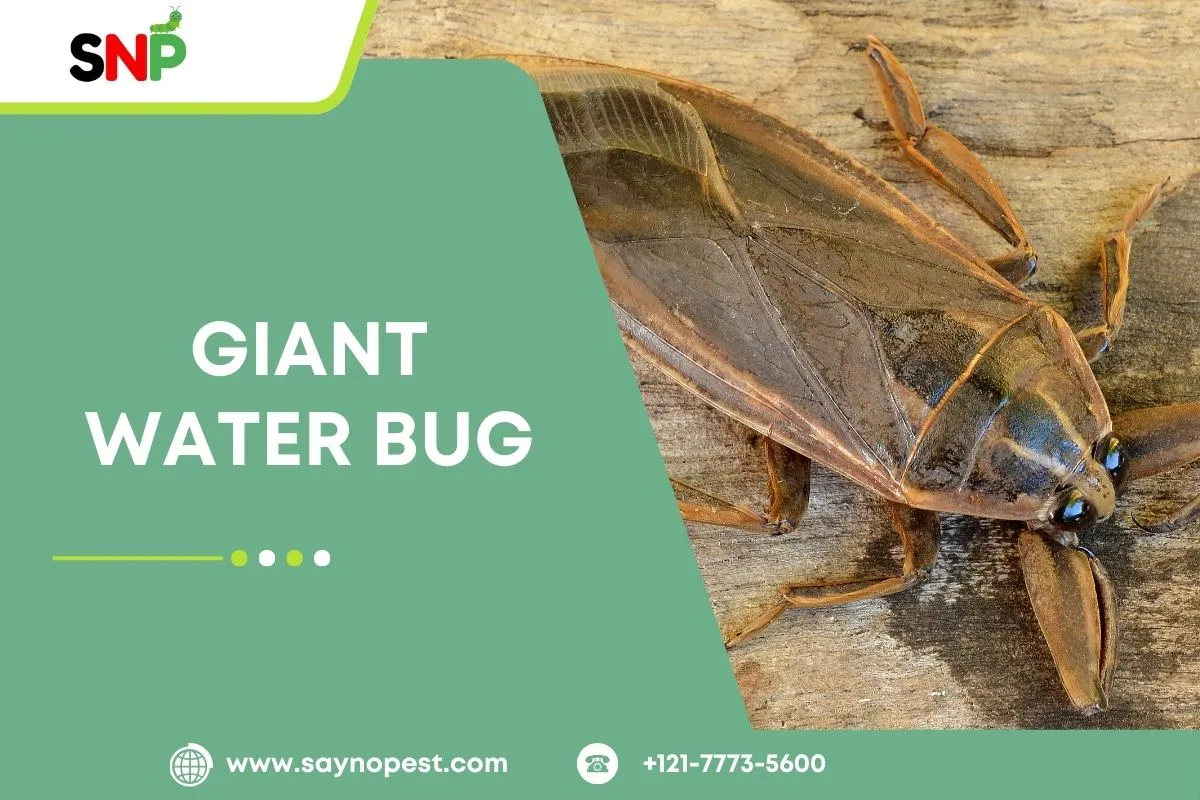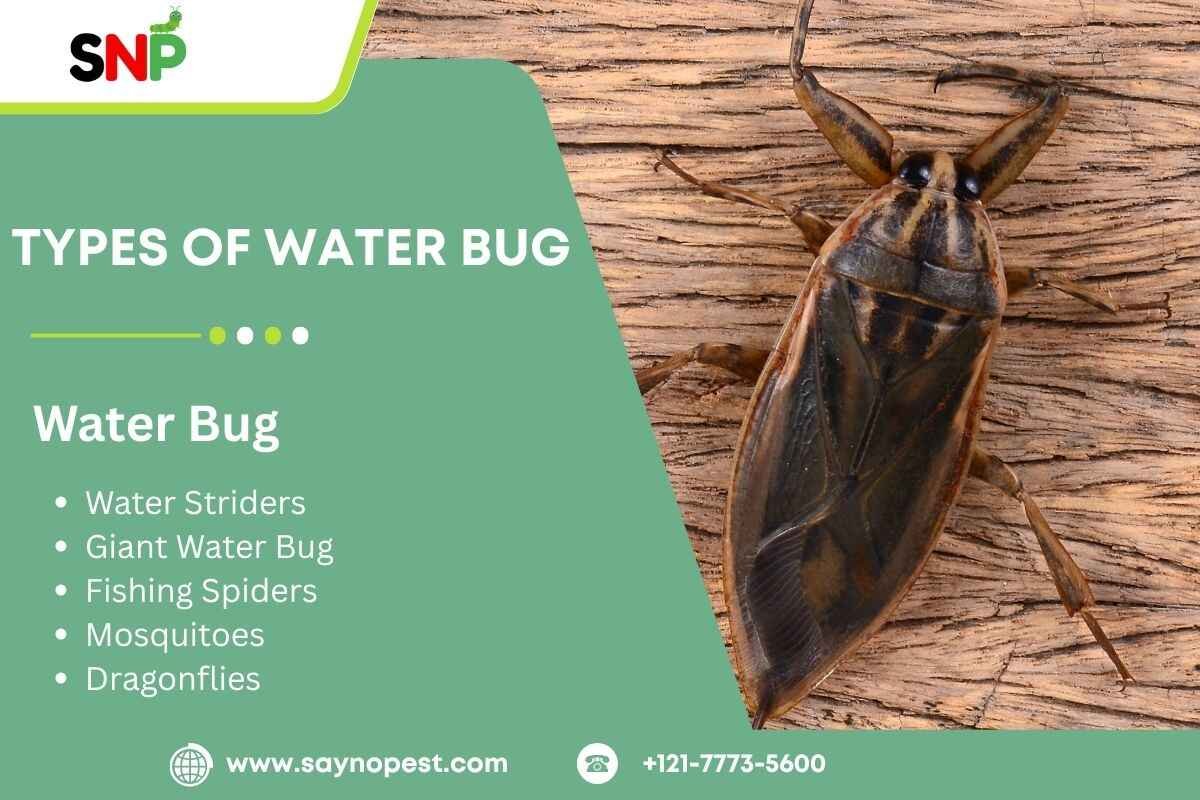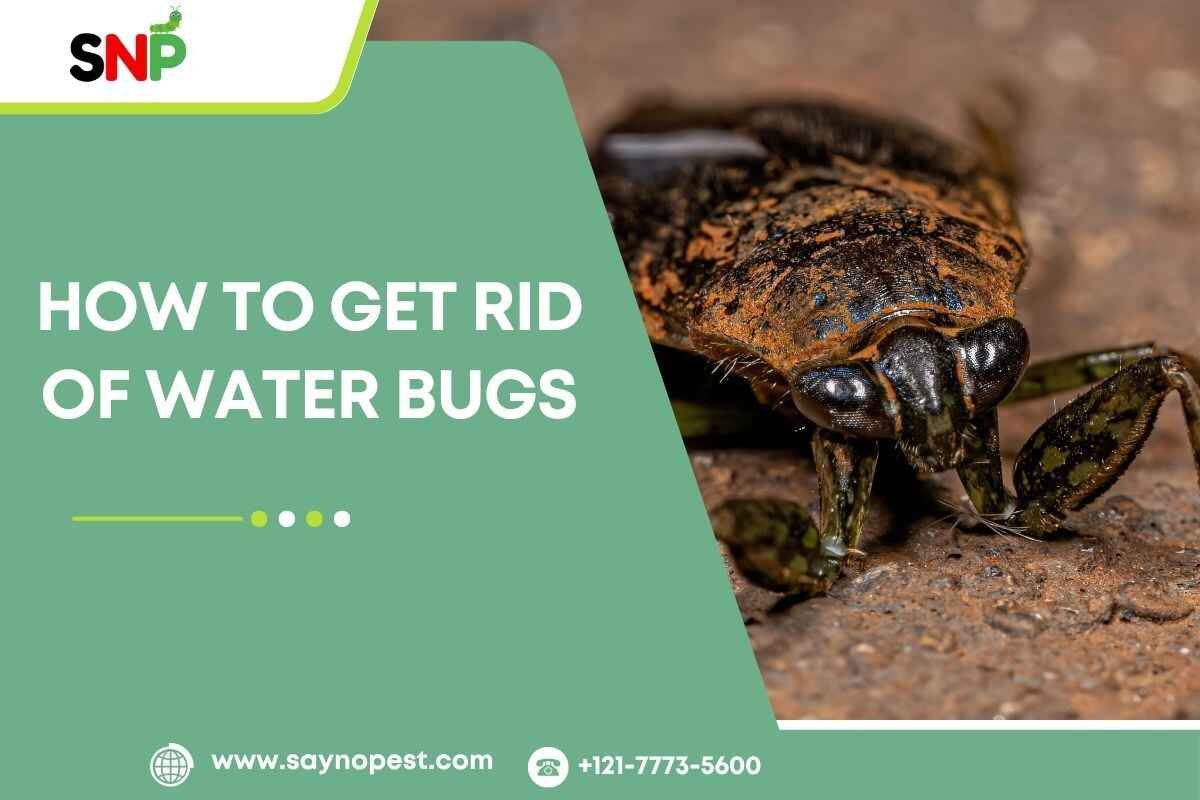The giant water bug is the most impressive and also the fiercest aquatic insect found in the United States. People know this specie for the highest quality and the most deadly, and they usually seen in ponds, lakes and streaming rivers and sometimes will even emerge under bright lights even in the evening. In case you’d like to learn more about the giant water bug, its body, life cycle, giant water bug bite, and Are Giant Water Bugs Dangerous, then continue for a complete, authentic guided tour.
What Does a Giant Water Bug Look Like
A giant water bugs is a bug that appears unlike most other bugs when you first lay eyes on one. Adults reach sizes of 2 to 4 inches, making them some of the largest insects we have in North America. They typically range from dark brown to tan, are flat, oval in shape, and resemble a great deal like aquatic animals, and worth noting is that they’re difficult to keep out of reach of other animals. The legs at the front are the parts that represent those hostile features, which are banded by the bug with the needles that for the bug to catch the victim. The legs have hook-like claws at their ends, which means that they can easily grasp and touch the slippery prey.

The giant water bugs is also equip with a rostrum, which is the name of the short and pointed beak placed under its head. It is use for piercing the next presumable prey of the bug. The hind legs of the bug are flatten, and the hairs fringed them, thus forming the paddles for the swift swimming. The wings are unattractive when they are the last ones on the back, and the abdomen forms a pattern that represents the symbol “X”. The last segment of the bug’s belly is a breathing siphon, which allows the bug to be in water and still breathe.
Giant Water Bug Eggs: Life Begins Above Water
Reproduction for the giant water bugs is very special and interesting. After the mating season has passed and it is still summer, the female lays on the leaves of the aqua many of those giant water bug eggs that have a brown colour, which are unbelievably 150 in number and waits for the eggs to be gilled. In some cases, females may deposit the giant water bug eggs on the male’s back, and the male will then be the one who will take care of and aerate the eggs until they hatch if present possibly providing a food source for the individual that hatches.
This is the assurance of the life cycle continuity of the insects when the mother looks after the eggs and then oversees their hatching and growth of the larvae. Such larvae proceed through several different stages before the pupae of nymphs turn into adult water bugs, where in each stage, they moult off their skins and grow bigger every time.
Giant Water Bug Bite: A Powerful Weapon
The function of the giant water bug bite is primarily as a hunting tool, and it can also be a defence mechanism. Through the use of its sharp rostrum, the bug can inject a deadly bite into its prey. Digestive enzymes released will then paralyse and liquefy the victim. With this ability, the giant water bugs can consume its victim seamlessly such as if it were a protein shake. Although being a direct food supply, humans, either through inadvertent handling or disturbance of these bugs in the water or may suffer some bites. In reality, the giant water bug bite is indeed very painful, often categorised among the most severe insect bites and yet, in most cases, this does not pose danger to the common healthy adult.

Are Giant Water Bugs Dangerous?
The giant water bugs is a main player in water food chains and holds its place as being fearful, but normal people are not threatened if they see one up close. But if an individual does get bitten by the giant water bug, they will experience the following: children will become painful, swollen, and develop an allergy that is not always apparent in adults. These bugs usually do not attack people, and when they do so they do for their safety. The giant water bug eats snails, fish, etc. They help to maintain the ecosystem by doing that. If there were no predators such as the giant water bug, small animals in lakes and ponds would compete for food, disrupting the balance.
Conclusion
Besides being interesting, this bug is crucial for American freshwater populations. With its big size, strange form, special way of reproducing, and powerful hunting ways, the giant water bug earns a lot of respect in water environments. When a giant bug bites you feel uncomfortable, they are not out to bite people and best observed from afar. If you find eggs of giant water bugs or see one swimming in the water, it shows their strong hunting expertise.
Knowing about the giant water bugs is helpful if you love nature, have a house by a lake, or simply want to know what is living in the water.









